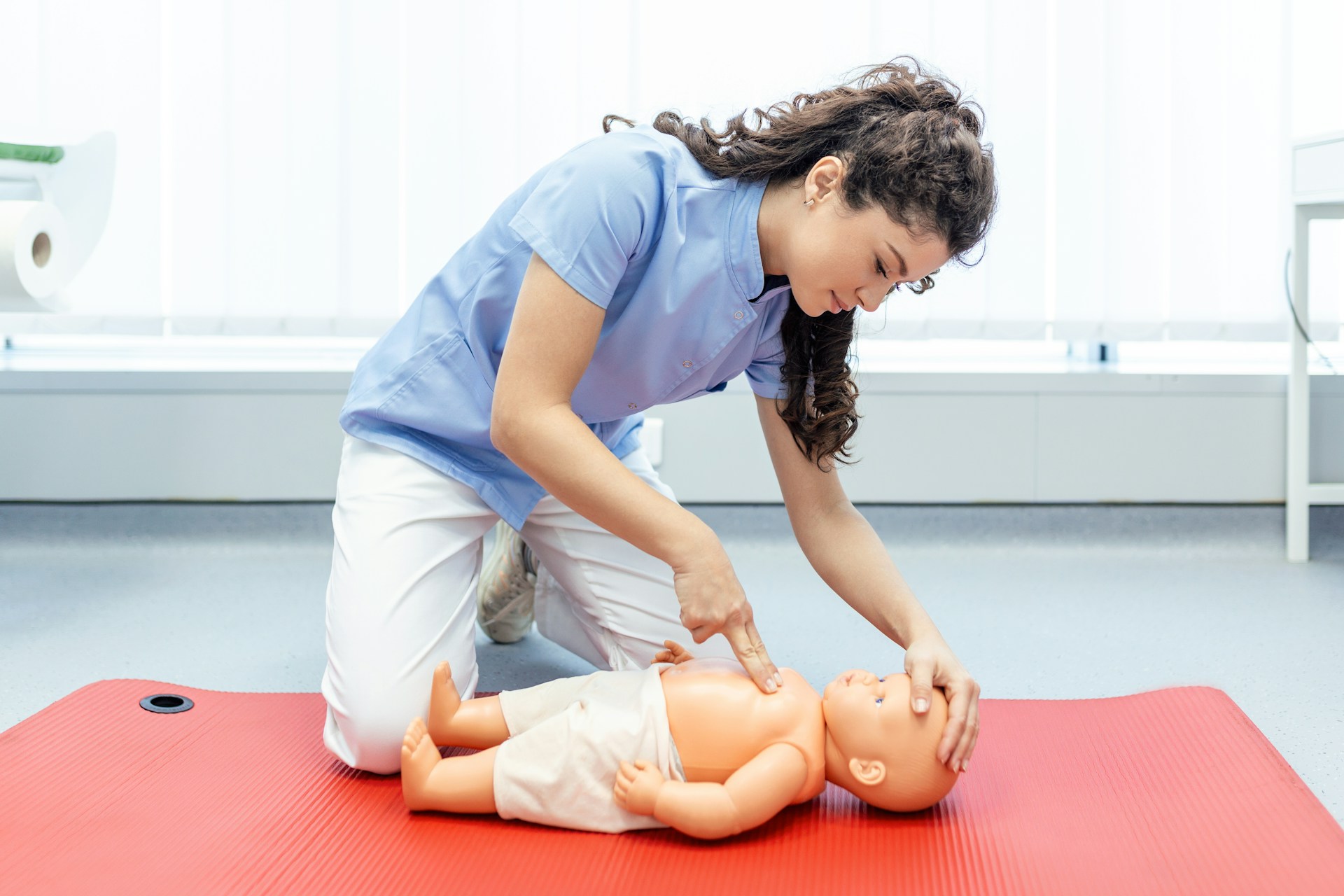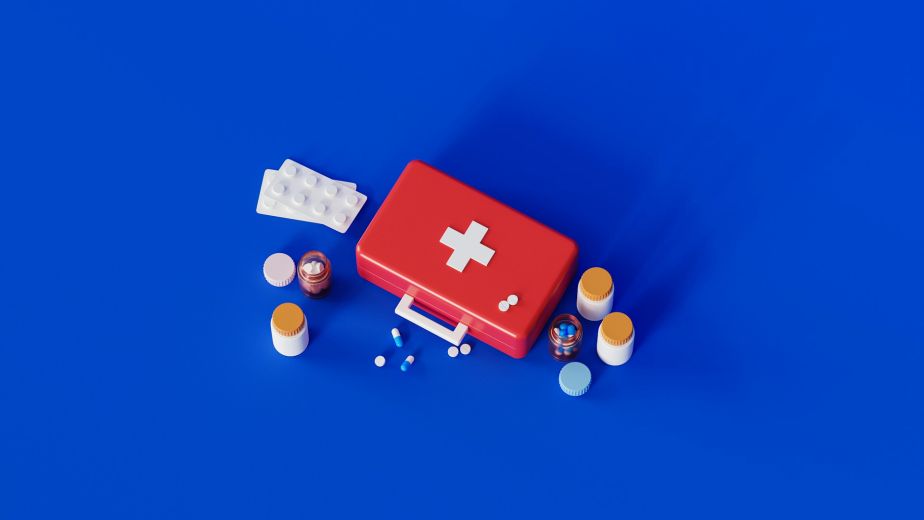Last Tuesday, 2 AM. Mom brings in her 4-year-old, fever of 103, been giving him “half an adult Tylenol” because that’s all she had after the pharmacy closed during the ice storm. Kid’s liver enzymes are through the roof. Another parent – same storm, different night – crushed up adult antibiotics and mixed them in applesauce because “it’s basically the same thing, right?”
Wrong. So goddamn wrong.
Look, I’ve been doing this for fifteen years, and here’s what keeps me up at night (besides the actual night shifts): when the grid goes down, when the pharmacies can’t open, when you can’t get to a hospital because the roads are flooded or on fire or whatever fresh hell we’re dealing with – your kids and your elderly parents are going to need you to know what you’re doing. And right now? Most of you don’t.
Kids Aren't Little Adults (Stop Pretending They Are)
I cannot – CANNOT – stress this enough: pediatric dosing isn’t just adult dosing divided by how cute they are. Your 40-pound six-year-old doesn’t get “half” of your antibiotics. That’s not how any of this works.
Every single pediatric medication is dosed by weight. Specifically, milligrams per kilogram. (Yeah, kilograms – welcome to medicine, where we use metric because lives depend on precision.) Your kid weighs 40 pounds? That’s 18.2 kg. Amoxicillin for an ear infection? That’s 80-90 mg/kg/day, divided into two doses. So your kid needs about 730-820 mg twice daily. Not “half a pill.” Not “what looks right.” The actual calculated dose.
Write this down. Hell, tattoo it on your arm if you have to:
- Convert your kid’s weight to kilograms (pounds ÷ 2.2)
- Know the mg/kg dosing for emergency meds
- Have liquid formulations when possible
- NEVER eyeball it
The number of kids I’ve seen with kidney damage from wrong antibiotic doses… Jesus. And these are parents who meant well. They just didn’t know better.
Your Emergency Pediatric Supply List (The Real One)
Forget the Pinterest-perfect medicine cabinet. Here’s what you actually need when everything goes sideways:
Medications:
- Liquid acetaminophen AND ibuprofen (with the dosing syringes – those little cups are useless)
- Oral rehydration solution packets – not Gatorade, actual medical ORS. Pedialyte powder if you’re fancy, but WHO formula packets work just as well
- Liquid antibiotic suspension powder (amoxicillin, azithromycin) – yes, powder, because liquid antibiotics go bad fast without refrigeration
- Antihistamine liquid (diphenhydramine)
- Prescription anti-nausea meds if your doc will prescribe them (ondansetron ODT tabs are gold)
Supplies:
- A real thermometer. Not the forehead scanner you got on Amazon. A actual digital thermometer that goes under the tongue or… the other way
- Nasal aspirator (the hospital-grade bulb kind, not the fancy Swedish one that needs batteries)
- Medicine syringes in multiple sizes
- A scale that works without power (mechanical baby scale if you have infants)
And here’s the kicker – liquid meds without refrigeration last about as long as my patience on hour 11 of a 12-hour shift. Not long. You need to rotate stock, keep them cool-ish (basement, not attic), and know the signs of degradation.
The Geriatric Wildcard
Now let’s talk about Grandma and Grandpa, because holy hell, elderly patients in disasters are a whole different nightmare.
Their immune systems are shot. What gives you a sniffle puts them in the ICU. That UTI that’s “no big deal”? It’ll kill them if untreated. And don’t get me started on what happens when they can’t get their regular meds.
You know what I saw during the last major power outage? Elderly patients going into heart failure because they ran out of their Lasix. Diabetics in DKA because insulin went bad. Confusion and falls because nobody thought about backing up Dad’s Parkinson’s meds.
Your elderly family members need:
- 90-day supplies of ALL their regular medications (fight with insurance if you have to)
- Backup antibiotics specifically chosen for their health conditions
- Written instructions for medication schedules (when the power’s out, nobody remembers if Metoprolol is once or twice daily)
- Blood pressure cuff that doesn’t need batteries
- Glucometer with extra strips (even for non-diabetics – stress hyperglycemia is real)
Oh, and that Z-pack you’re saving? Probably useless for Grandma’s pneumonia. Elderly patients often need different antibiotics because their infection patterns are different. Azithromycin won’t touch their UTI. Amoxicillin won’t cover their skin infection. You need targeted meds, chosen by someone who knows what they’re doing.
The Consultation You Can't Skip
Here’s where I’m gonna sound like a broken record, but it might save your kid’s life, so deal with it: YOU NEED TO TALK TO YOUR DOCTORS NOW.
Not during the disaster. Not when the phones are down. NOW.
Questions for your pediatrician:
- “What’s the exact mg/kg dosing for emergency antibiotics for my child’s current weight?”
- “Which antibiotics are safe given my child’s allergies/medical conditions?”
- “Can you prescribe emergency backup meds for my emergency kit?”
- “What are the signs that my child needs immediate evacuation vs. home treatment?”
- “How do I adjust doses as my child grows?”
Questions for your elderly parent’s doctor:
- “What happens if Mom misses her [specific medication] for 3 days? A week?”
- “Which of Dad’s meds are absolutely critical vs. which can be temporarily stopped?”
- “What antibiotics work best for his/her most common infections?”
- “Can we get extended supplies for emergency preparedness?”
- “What are the early warning signs of medication withdrawal or infection in elderly?”
And document everything. I mean everything. Kid’s weight, dosing calculations, which meds they’ve reacted to, what Grandpa’s baseline confusion level is (because trust me, in an emergency, you won’t remember if this is normal-confused or emergency-confused).
The Part Where I Stop Being Cynical
You want to know what really gets me?
It’s not the parents who screw up dosing. It’s not even the ones who wait too long to bring their kids in. It’s the look on their faces when they realize they could have prevented it if they’d just… known. If someone had just told them. If they’d had the right supplies, the right information, the right plan.
Last year, during that Category 4 that hit the coast, I worked a medical shelter. This dad brought in his daughter – eight years old, type 1 diabetic. He’d managed her sugars for FIVE DAYS without power, rotating insulin between coolers, calculating doses by flashlight, using expired test strips he’d been saving. Kid was perfect. Textbook management. Because three years earlier, he’d watched another parent lose a diabetic child in Katrina, and he swore…
He swore it wouldn’t be his kid.
That’s what this is really about. Not the fear-mongering, not the doomsday prep fantasies. It’s about that moment when everything’s gone to hell, and your kid’s fever is 104, or Grandma’s wheezing, or your husband’s infection is spreading, and you… you know what to do. You have what you need. You’re ready.
Because here’s the truth they don’t put in the preparedness guides: in a real disaster, no one’s coming to save you. Not immediately. Maybe not for days. The hospitals are overwhelmed, the pharmacies are closed or looted, and that telemedicine app isn’t loading.
It’s just you, whatever you’ve stocked, and whatever you know.
So yeah, get the Blackout Medical Ultimate Emergency Meds kit. Talk to our preparedness-minded medical experts. Build your family’s medical action plan. Not because I’m trying to sell you something (though my hospital administrator would probably prefer I sound more “professional” and less like I’ve seen too much), but because I’ve held too many parents while they sobbed over preventable tragedies.
Your family’s counting on you to get this right. And unlike that half-tablet of adult Tylenol, there’s no winging it when it comes to keeping them alive.
Don’t be the parent in my ER at 2 AM, asking why they didn’t know better. Be the one who did.
– Jen
P.S. – And for the love of all that’s holy, stop storing medications in bathroom medicine cabinets. Heat and humidity destroy drugs faster than anything. Cool, dry, dark place. Bedroom closet. Basement shelf. Anywhere but the damn bathroom.





